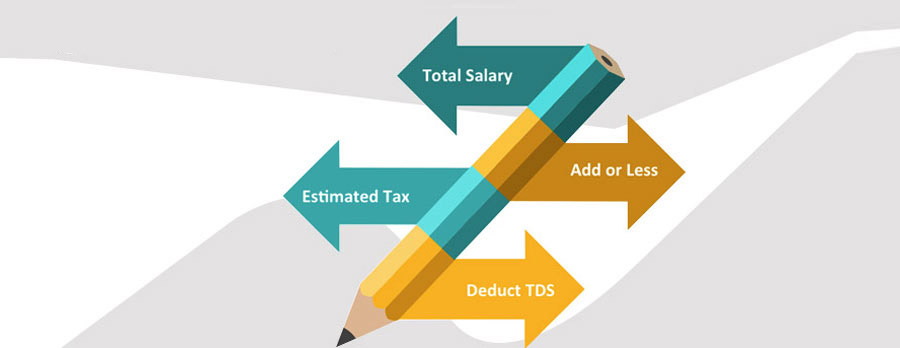Tax Deducted at Source (TDS) is a means of collecting Income Tax in India, under the Indian Income Tax Act of 1961. It is managed by the Central Board for Direct Taxes (CBDT) and is part of the Department of Revenue managed by the Indian Revenue Service (IRS). TDS Adjustments have significant importance during tax audits. Entities, including both corporate and non-corporate deductors, making payments as specified under the Income Tax Act to third parties (deductees), must perform Tax Deducted at Source (TDS). They deposit this deducted tax at any authorized bank branch designated to collect government taxes. Furthermore, they must furnish TDS returns to the Income Tax Department containing details of deductees and information on the challan related to tax deposits.
TDS Adjustments
Deduction of excess TDS is one thing and deposit of excess TDS is another thing. You must revise the submitted return if you have deposited excess TDS deducted excessively. Alternatively, you can adjust it against the liability for the next quarter. However, we are still determining whether carrying it forward to the next year is possible. Therefore, you can adjust the excess TDS paid for Quarter 1 in the following quarter or the next financial year using the new FVU. The last date for such submissions varies, but most organizations would expect you to submit them by March 10, 2018.
However, employers start asking for them in January itself as they would like to start deducting tax at source on the basis of tax calculations based on actual investments from January. This will also enable the employee to finalize tax adjustments, if any, in the balance months of the current financial year (2017-18). If taxes have been deducted in excess or less, accordingly, they will get deducted in the last 3 months of the FY. Do not wait until March as then there won’t be any scope for finalizing and one could see a huge tax burden in that month and less take-home pay.
You don’t have to attach or send the documents to the Income Tax Department when filing your taxes. Instead, your employer must receive them from you and deduct taxes accordingly. Sometimes, individuals discover that, after considering tax-saving investments or expenditures, their employer has removed more tax than required, and this excess TDS will be visible in Form 16. You must file the appropriate income tax return with the IT Department to claim a refund.
Tax saving investment/expenditure proofs include:
- Investments – Under Section 80C
- Tuition fees
- First-time home buyers
- House Rent Allowance Exemption
- Housing loan repayment
- Loss from housing property – interest on housing loan
- New Pension Scheme (NPS)
- Mediclaim premium
The documents, if not submitted within time, may make you end up with excess TDS which would have to be claimed as a refund. Also, as a precaution, try to retain the original copies for personal income-tax assessment.
To explore Sumopayroll, Sign up!!









